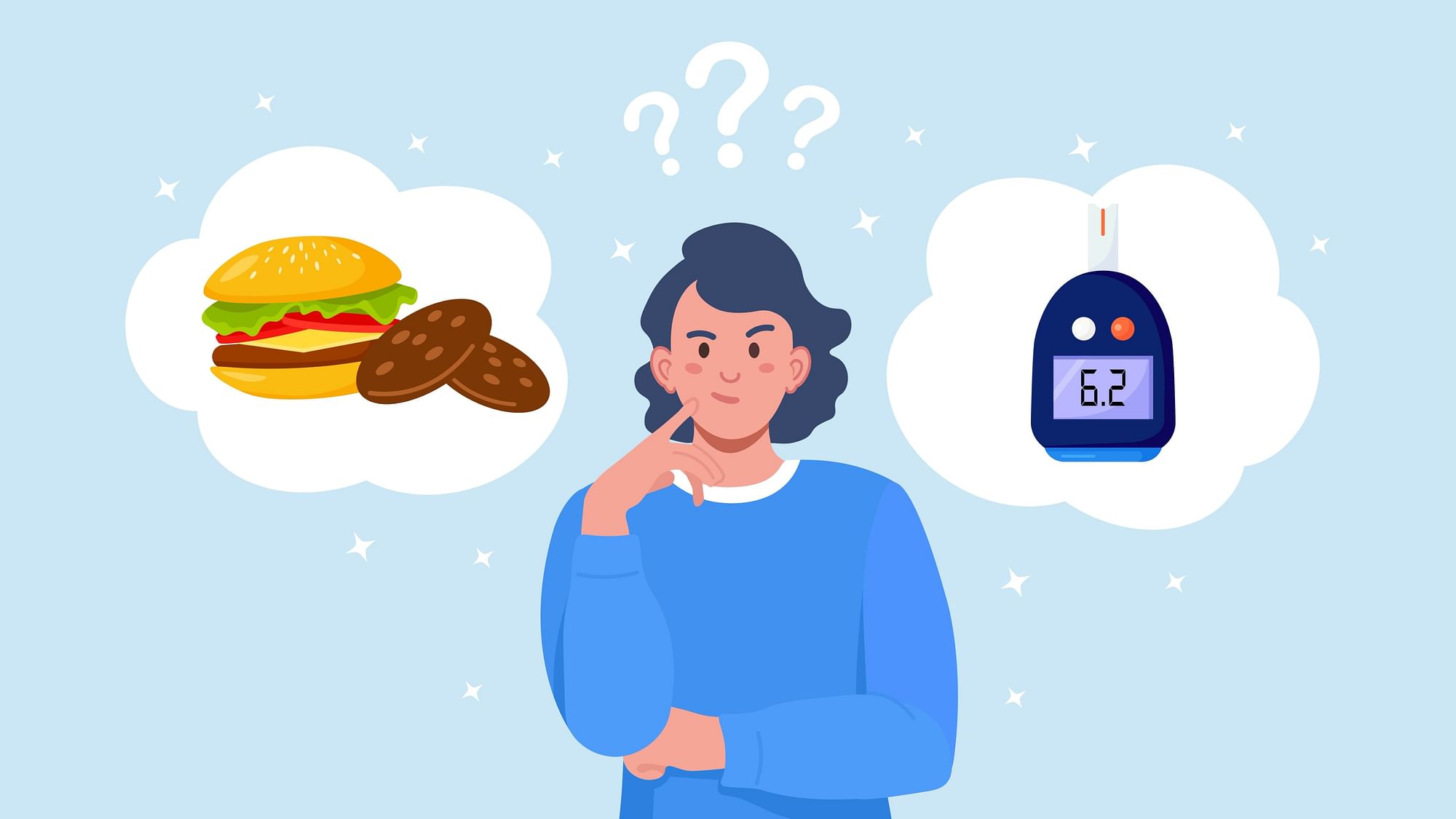
4. Pay Attention to Cooking Time: The cooking time for each type of food varies, and it’s important to ensure that foods are cooked perfectly, without undercooking or overcooking. Undercooked food may lead to digestive issues and food poisoning, while overcooking can result in the loss of essential nutrients, affect transit time, alter the glycemic index of foods, and potentially release harmful compounds that can impact overall health.
5. Select Healthy Fats: When cooking, choose liquid fats like sesame seed oil, rice bran oil, olive oil, avocado oil, groundnut oil, and safflower oil, rather than solid fats such as butter, margarine, hydrogenated oils, and lard. The latter contain high levels of saturated fats, which can negatively affect cardiovascular health.
6. Be Mindful of Hidden Sugars: Hidden sugars, often concealed under different names in food products, can have adverse effects on blood glucose levels. Packaged foods such as sauces, purees, salad dressings, breakfast cereals, fruit juices, instant mixes, flavored yogurt, and fat-free or low-fat options may contain excessive sugars. Therefore, always make it a habit to read food labels and ingredient lists to avoid unnecessary spikes in glucose. Also, consider reducing or eliminating the use of added sugar in your recipes.
7. Be Mindful with Seasonings: Herbs and spices can impart a wealth of flavor to your dishes without adding extra sodium. They also contain beneficial antioxidants and minerals. Experiment with various seasonings such as ginger, thyme, rosemary, basil, turmeric, cinnamon, fenugreek, and cardamom to tantalize your taste buds while also enhancing diabetes management.
